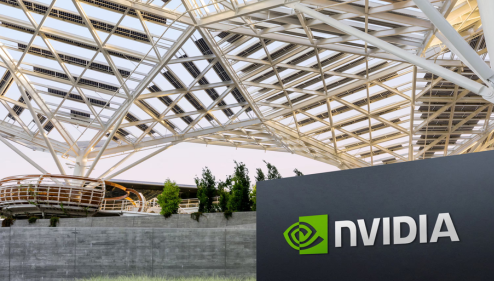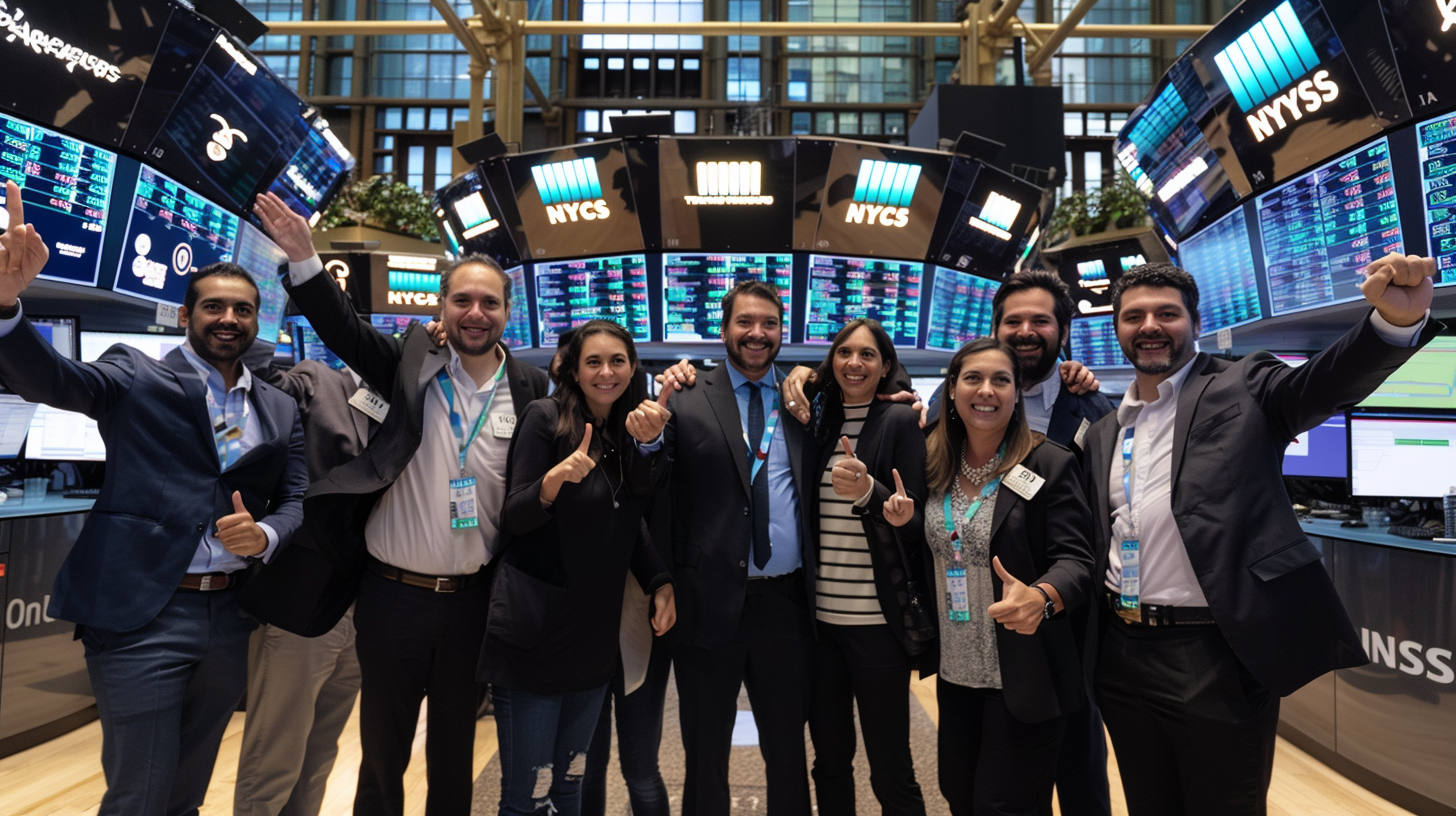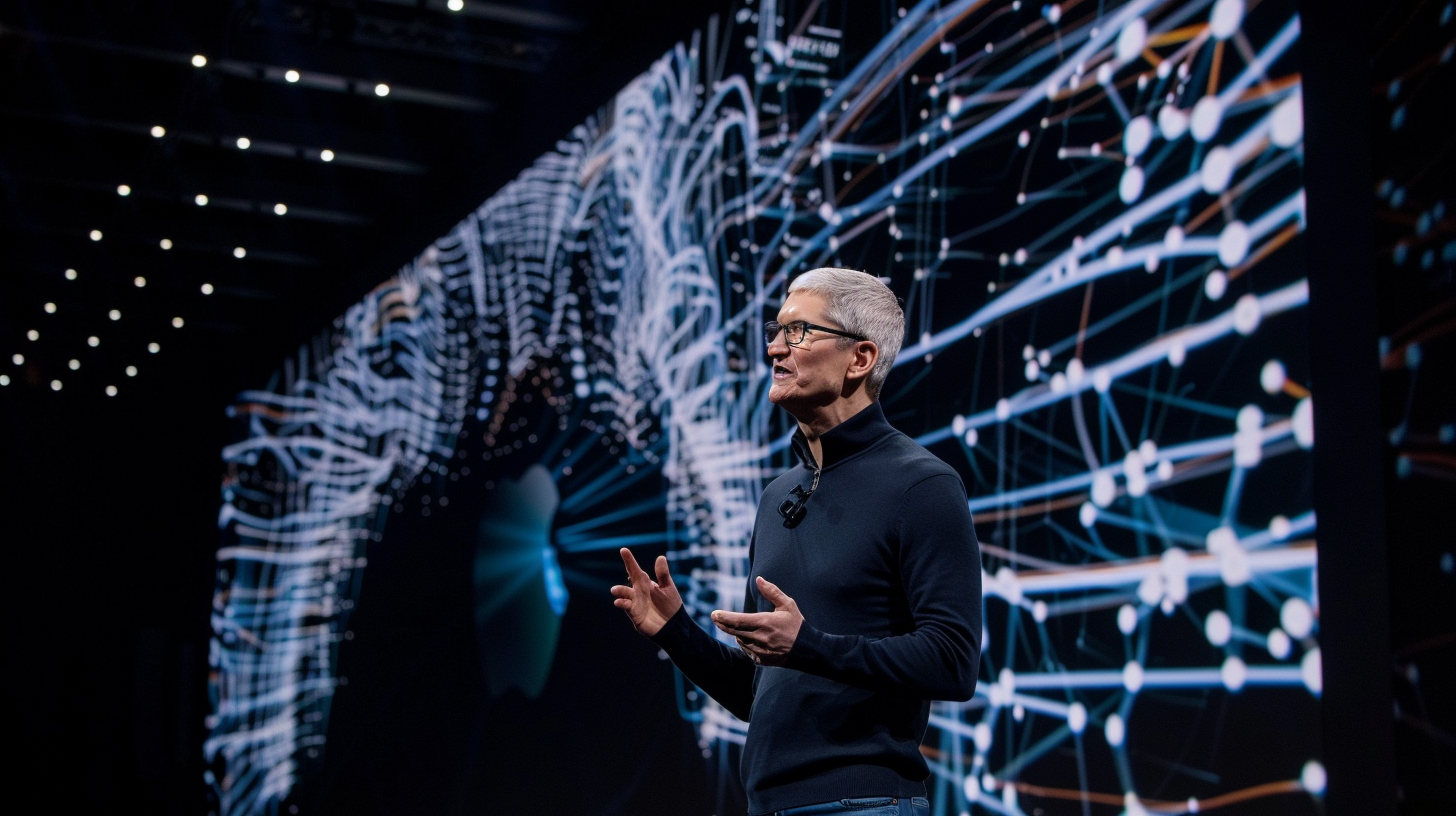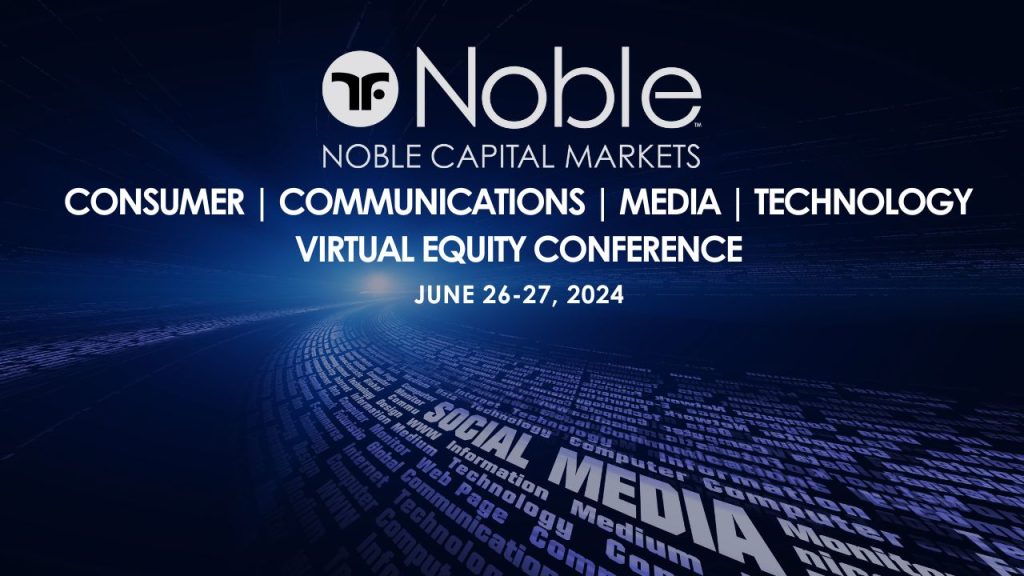Anthropic, one of the fastest-growing artificial intelligence firms in the world, has announced an ambitious $50 billion plan to expand its U.S. infrastructure footprint through a series of advanced data centers starting in Texas and New York. The project, developed in partnership with AI cloud platform Fluidstack, positions the company as a major force in the domestic AI buildout race.
The initiative will fund the creation of custom-designed facilities built specifically to handle Anthropic’s rapidly scaling AI models and enterprise workloads. The company said the first sites will go live in 2026 and are expected to generate 800 permanent jobs and more than 2,000 construction roles across both states.
By building its own network of high-performance data centers, Anthropic aims to ensure greater control over compute availability, energy efficiency, and long-term scalability — key components in the race to dominate AI infrastructure. The decision also aligns with growing policy pressure from Washington to keep cutting-edge AI capacity within U.S. borders, protecting national interests and technological sovereignty.
This investment underscores Anthropic’s aggressive growth trajectory and signals that the company is willing to match, if not challenge, industry leader OpenAI’s spending spree. OpenAI has already committed more than $1.4 trillion in long-term infrastructure investments through partnerships with Nvidia, Oracle, Broadcom, Microsoft, and Google.
Anthropic’s partnership with Fluidstack — known for supplying GPU clusters to major AI players like Meta, Midjourney, and Mistral — reflects a strategic effort to move fast. Fluidstack’s expertise in scaling GPU infrastructure at record speed and efficiency gives Anthropic a distinct operational advantage as competition for compute power intensifies.
The company’s enterprise business has surged dramatically over the past year, serving more than 300,000 organizations. The number of enterprise accounts generating over $100,000 annually has nearly increased sevenfold, with projections showing Anthropic could reach profitability by 2028. By comparison, OpenAI is still expected to report multi-billion-dollar operating losses through that same period.
Beyond Texas and New York, Anthropic’s infrastructure expansion already includes a massive $11 billion data center campus in Indiana, developed with Amazon. The facility is operational, providing Anthropic with one of the largest AI-focused compute environments in the U.S. The company has also expanded its long-term compute partnership with Google, with additional commitments valued in the tens of billions.
Industry observers say Anthropic’s move could reshape the competitive landscape of AI infrastructure, helping to diversify the market beyond the dominance of hyperscale cloud providers. However, the scale of AI-related construction and energy use is prompting questions about sustainability and grid capacity — particularly as multiple firms rush to deploy gigawatt-scale facilities across the country.
With a $50 billion budget and an expanding nationwide footprint, Anthropic is betting big on the idea that the next wave of AI breakthroughs will depend not just on smarter algorithms, but on physical infrastructure capable of powering them at scale.














